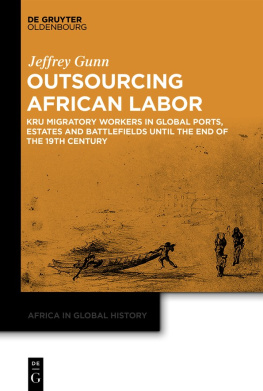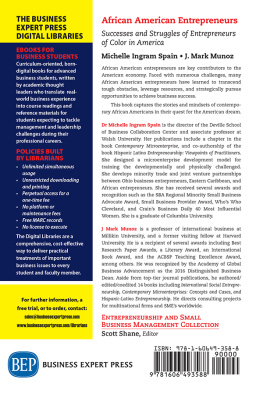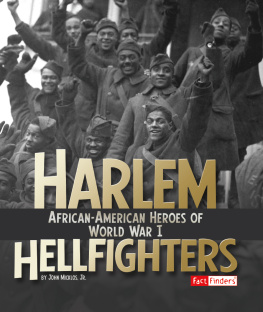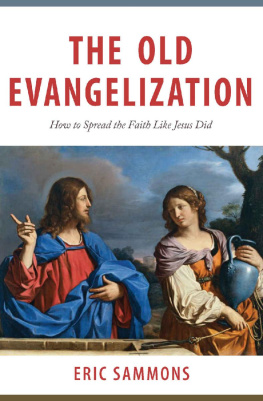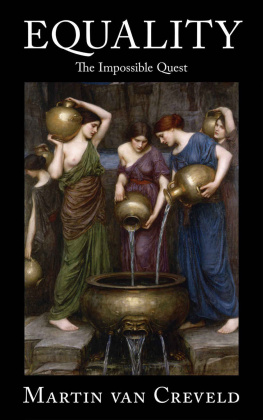2014 by the University Press of Kansas
All rights reserved
Published by the University Press of Kansas (Lawrence, Kansas 66045), which was organized by the Kansas Board of Regents and is operated and funded by Emporia State University, Fort Hays State University, Kansas State University, Pittsburg State University, the University of Kansas, and Wichita State University
Library of Congress Cataloging-in-Publication Data
Sammons, Jeffrey T. (Jeffrey Thomas), 1949
Harlems Rattlers and the Great War : the undaunted 369th Regiment and the African American quest for equality / Jeffrey T. Sammons and John H. Morrow, Jr.
pages cm. (Modern war studies)
Includes bibliographical references and index.
ISBN 978-0-7006-1957-3 (cloth)
ISBN 978-0-7006-2138-5 (pbk : alk. paper)
ISBN 978-0-7006-1982-5 (ebook)
1. United States. Army. Infantry Regiment, 369th.2. World War, 19141918Regimental historiesUnited States.3. World War, 19141918Participation, African American. 4. World War, 19141918CampaignsWestern Front.5. United States. Army. American Expeditionary ForcesAfrican American troops.6. France. ArmeAfrican American troopsHistory20th century.7. African American soldiersHistory20th century. 8. African AmericansSocial conditionsTo 1964.I. Morrow, John Howard, 1944 II. Title.
D570.33369th .S252014
940.4'1273dc23
2014001451
British Library Cataloguing-in-Publication Data is available.
Printed in the United States of America
10987654321
The paper used in this publication is recycled and contains 30 percent postconsumer waste. It is acid free and meets the minimum requirements of the American National Standard for Permanence of Paper for Printed Library Materials Z39.48-1992.
ACKNOWLEDGMENTS
I thank Harold Rabinowitz of Reference Works for approaching me to write a book on the th. Although our differing visions led to an eventual separation, I doubt that I would have ever pursued this project without his encouragement. As testament to his foresight and the projects worth, grant proposals led to essential support from the National Endowment for the Humanities in the form of a year-long fellowship for university professors and a scholar-in-residence award for six months at the Schomburg Center for Research in Black Culture. There, I benefited from the support of the centers former director, Howard Dodson; its former director of the Scholars Program, Colin Palmer; and Diana Lachatanere, its former curator. I also thank my fellow scholars, especially Barbara Savage, who alerted me to the critical connection of the th to Stormy Weather . Film scholar Annette Brauerhoch of the University of Paderborn helped me interrogate it and provided valuable insights into European repositories as well as battlefields and cemeteries from the Rhine to the Rhone to the Meuse-Argonne and beyond.
Early in the process, I realized that my expertise in African American social and cultural history would be inadequate to do justice to either the foreign or the military experience of the Regiment. Without hesitation, I enlisted the partnership of my friend John Morrow, a leading military historian of World War I with fluency in French and German and, by fortunate circumstance, great familiarity with the French records of the th. This book would be very different and far less complete without his invaluable input and perspective. The collaboration was far greater than the sum of its parts. Enduring countless setbacks along the way that could have led to resignation or surrender, we drew upon deep reserves of resolve and persevered, in the process strengthening a partnership that would have made the ultimate partners, James Reese Europe and Noble Sissle, proud.
Of course, a work so steeped in primary sources owes much to the largely unsung heroes of historyarchivists and librarians. First among them is Dr. James Folts of the New York State Archives. Dr. Folts facilitated the microfilming of the abstracts and muster rolls of the 15th/th and thereby made easy access to those records possible for me as well as other scholars. As a result of his support, I also received a grant from the Larry J. Hackman Research Residency Program. As I am fond of saying, with any research project all roads lead to Washington, DC, and invariably the National Archives and Library of Congress. Mitchell Yockelson, at the former, proved invaluable in sharing his encyclopedic knowledge of the World War I records at the National Archives and Records Administration. No single repository has provided more primary material to this book than the National Archives. At the latter (LOC), I am indebted to Adrienne Cannon, who directed me to and through the NAACP Papers as well as those of William Howard Taft. Another important destination is the Moorland-Spingarn Research Center, where, with the help of curator Joellen ElBashir, I pored through the papers of Joel Spingarn, Walter Loving, and the Washington Conservatory of Music. Ann Distell of the Federal Bureau of Prisons, Tim Rives formerly of the National ArchivesCentral Plains Region, and Greg McCrory of the National Archives of Canada made telling the still unfinished story of Valdo B. Schita possible.
There are so many others at collections, from the New York Historical Society to Cornell to Yale to West Point to the Army War College and more, who contributed to this project. Please forgive me for not mentioning all of you by name.
Not to be forgotten are the friends of the Regiment, starting with former commanders Maj. Gen. Nathaniel James and Maj. Gen. Stephen Seiter, both of whom provided vital information and access. Included in that category is Michael Aikey, former director of the New York State Military History Museum. Few know the history of this Regiment as well as he and what kind of book will do it justice. We hope that he will be pleased with what he reads here. Perhaps no greater friend of the Regiment ever lived than Vietnam War veteran John Howe, who fought tirelessly to see Henry Johnson receive the recognition he so justly deserves. John and I became friends over the years, and I am sad to say that he passed before the completion of this book. To honor his memory, we will continue his unfinished mission to have Henry receive the Medal of Honor.
I am most grateful to the invaluable research assistance provided by Brian Purnell, Shobana Shankar, and Rebecca Welch. Without their fine work, the story in this book never could have been so deeply told or richly documented. I also thank my friend and former colleague Walter Johnson for his encouragement. Last, let me thank my wife, Mariam, whose patience has been severely tested by a seemingly never-ending project with far too many twists and turns and ups and downs to instill confidence in a happy resolution.
My son Adam, now a young adult, was in middle school when the project began. I do not know whether he learned a lesson about procrastination or perseverance from his vantage point. I only hope that my ailing mother, Agnes Greene, will be as proud of this book as she was of my first, oh so many years ago.


